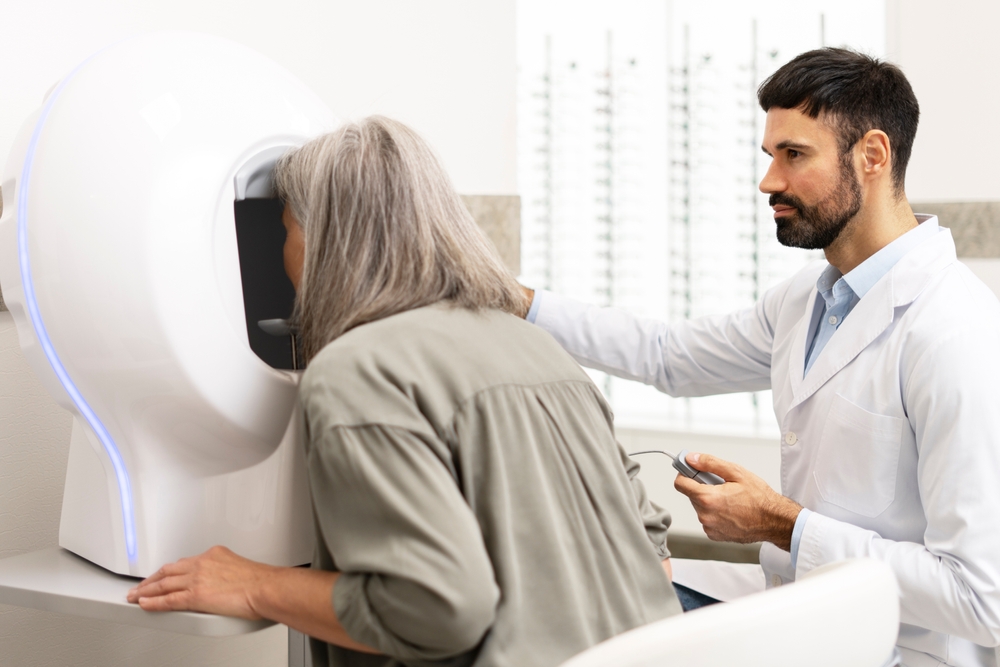We are committed to keeping our patients safe. See how we are increasing our safety measures to help fight COVID-19 here.
Eyes on Butterfield Blog
Learn more about optometry care in our blog!

Did you know that the primary cause of vision loss around the world is glaucoma? It happens when the optic nerve, which is essential for vision, gets damaged.

Dry eye is a common condition that can cause discomfort, blurry vision, and even make everyday tasks like reading or working on a computer difficult. Whether your symptoms are caused by screen time, weather, aging, or an underlying health issue, finding quick and effective relief is essential.

If you wear contact lenses and struggle with dry eyes, you're not alone. Many people in Oakbrook Terrace, Illinois, experience discomfort due to dry eye, especially during our cold winters or allergy-filled spring seasons. Whether your eyes feel scratchy, irritated, or just plain tired by the end of the day, finding the right solutions can make all the difference in keeping your vision clear and comfortable.

Taking care of your eyes becomes even more critical as you get older. There are simple things you can do to keep your eyes healthy and lower your risk for age-related eye conditions like cataracts and macular degeneration.

The crucial role of eye screening in preserving vision health is no secret. This is especially important for kids, as addressing vision impairment can enhance a child’s educational opportunities, boost their self-confidence, and make playing and socializing easier.

As you navigate the aging process, it's essential to prioritize the health of your eyes. By understanding the common changes that occur and being proactive about your eye care, you can take steps to preserve your vision and maintain a high quality of life.

Myopia, also known as nearsightedness, is a common vision condition that affects the ability to see distant objects clearly. This refractive error occurs when the eye grows too long or the cornea (the clear front part of the eye) has too much curvature, causing light to focus in front of the retina instead of directly on it.

LASIK is also known as laser-assisted in situ keratomileusis. It is a popular eye surgical procedure. It corrects vision problems like farsightedness and nearsightedness. A comprehensive evaluation is necessary to ensure candidacy for the procedure.

As we begin to delve into the world of optometry, low-lying lids, also known as ptosis, is a term we may come across frequently. Low-lying lids refer to the drooping of one or both of the upper eyelids. In severe cases, it can significantly obstruct vision and pose a serious threat to an individual's quality of life.

There are several reasons why your eyes can turn red. When your eyes turn red, it's not just the color that changes.








